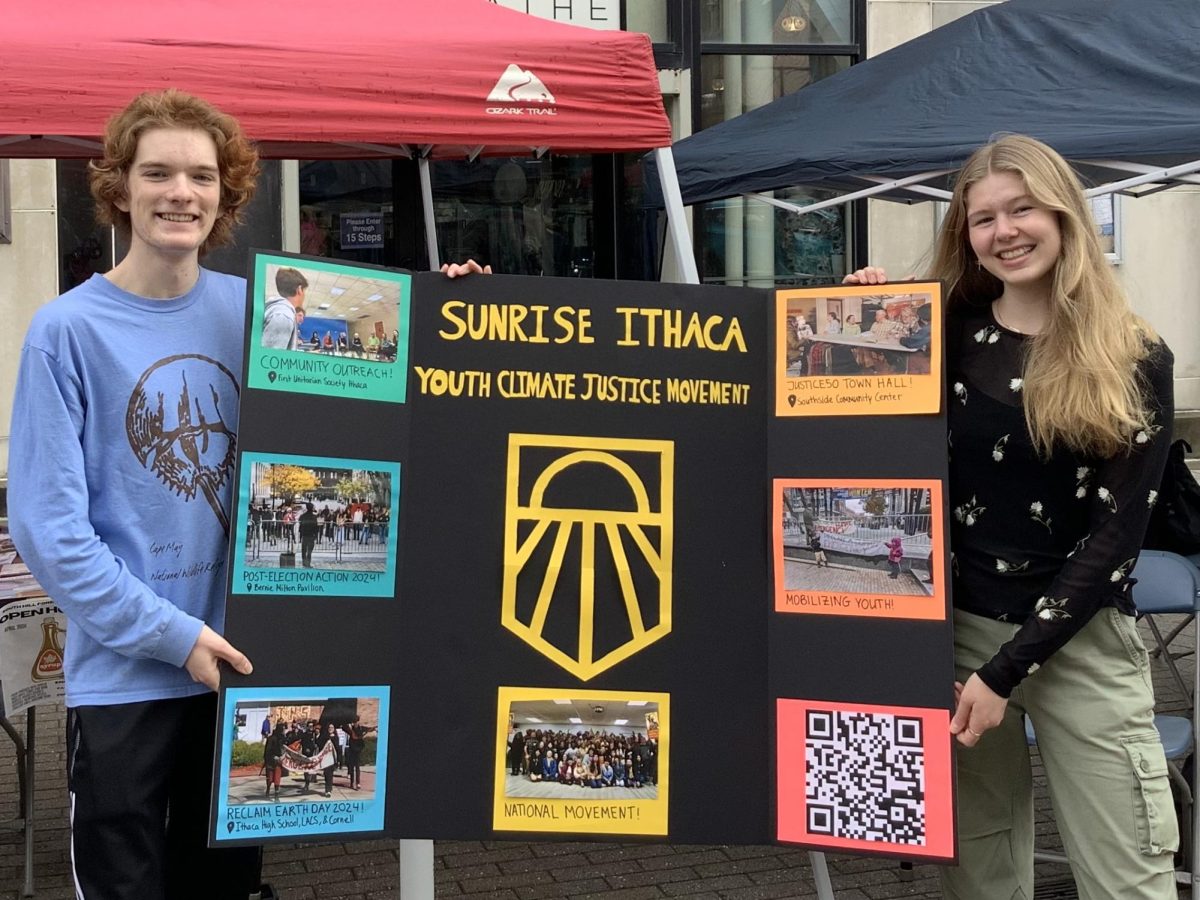By this summer, Tompkins County will be generating four percent of the total solar energy produced in upstate New York.
“As of 2012 there were around 300 megawatts or so that were installed [in New York State],” Pradeep Haldar, director of the College of Nanoscale Science and Engineering’s Energy and Environmental Technology Applications Center at SUNY Polytechnic Institute, said. “In the next ten years you are going to see roughly ten times that amount which are going to be installed.”
SUNY Polytechnic Institute received a $35 million grant from the state through Governor Cuomo’s New York Sun initiative to research the future of the energy grid, including how to make the solar panels more efficient.
Haldar said the initiative is allowing for a major increase in solar panel manufacturing and installation.
“Every one percent improvement in efficiency, although it may sound small, actually makes a big dent in terms of reducing the overall costs of the electricity that the technology produces,” Haldar said.
The NY Sun initiative was enacted in 2012 as part of Cuomo’s pledge to lower energy costs in the state and to provide improved solar technology for both residential and commercial properties. This has made New York a national leader in their solar energy initiatives, being ranked as number one in a SolarPowerRocks.com survey.
With the improved technology, Renovus Energy of Ithaca is seeing a larger demand for solar panels in the area according to marketing manager, David McKinley.
“On a local level, I think you have a lot of interest in Ithaca that’s done wonders for [solar energy development],” McKinley said.
Solar panels are made of a simple semi-conductive material, and when the sunlight hits the panels it allows electrons to move and create electricity. According to WeatherSpark.com, a website that gathers weather statistics, the city of Ithaca sees cloudy skies 60 percent of the winter. But this doesn’t meant that solar panels are not effective.
“When it’s cloudy, the solar panels don’t work, but we do get enough sunlight during the year that it should average it out,” Haldar said.
This sunlight is stored using a battery system or through net metering, which keeps unused solar energy in the power lines to be used as needed by households that employ solar panels.
“With net metering, when you feed back into the grid it gives you the ability to take power back out as needed,” McKinley said.
Entire communities could live solely off of alternative energy sources, such as solar power, and be effectively off the grid, Cornell professor John Thompson of the Earth and Atmospheric Science Department, said.
“From a commercial point of view, many communities all over the world are effectively off the grid,” Thompson said.
Because the city of Ithaca is not off the grid, individual residents would have to invest in their own storage battery system; however, McKinley said that people find freedom in just owning solar. “[People] actually find freedom in having a battery pack and being off the grid at their house,” he said.













